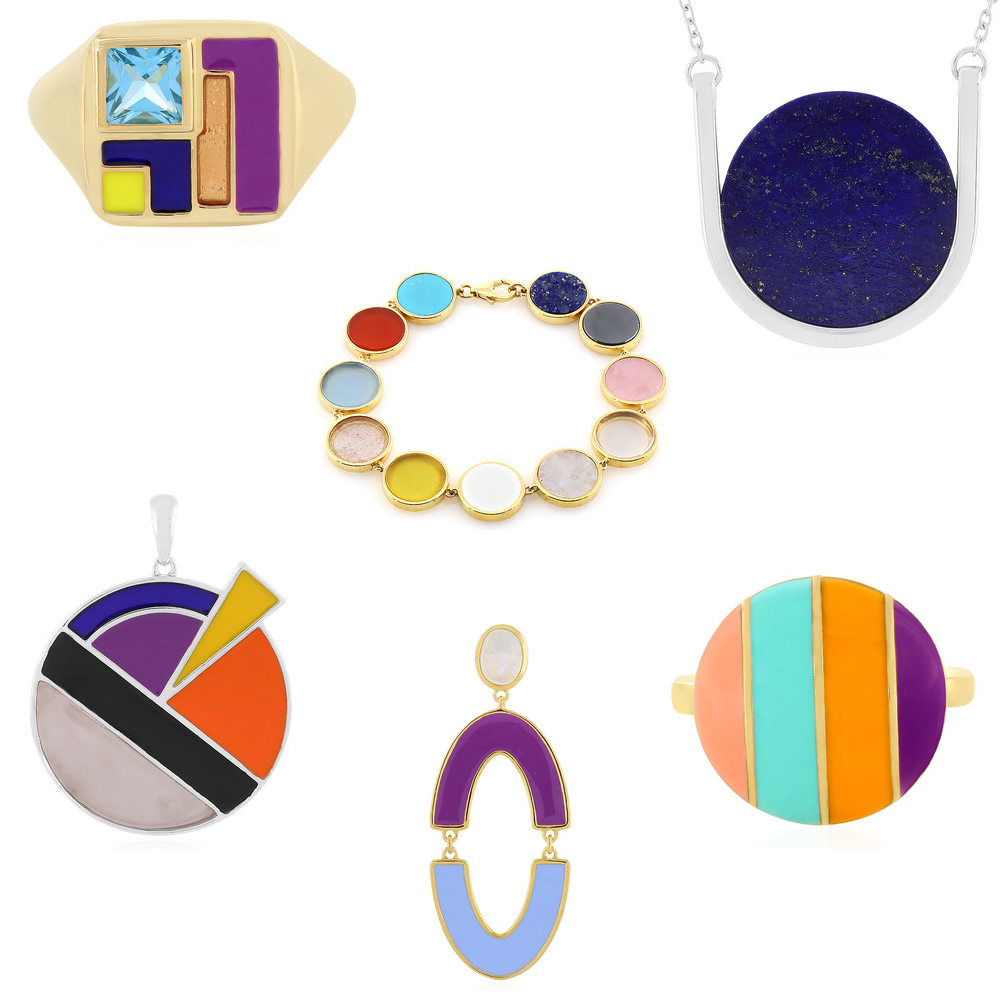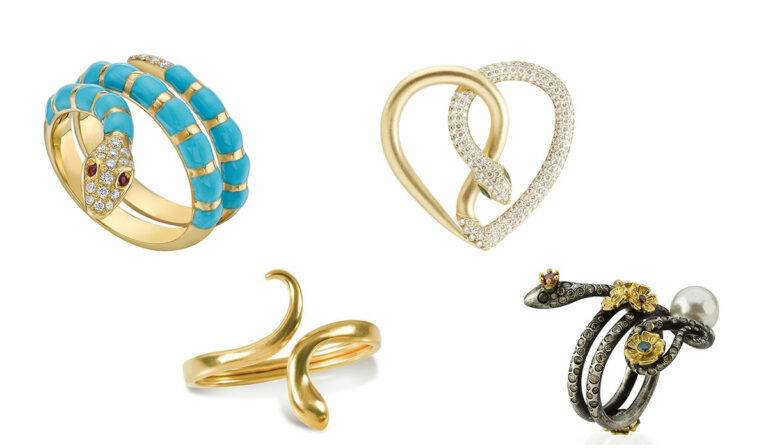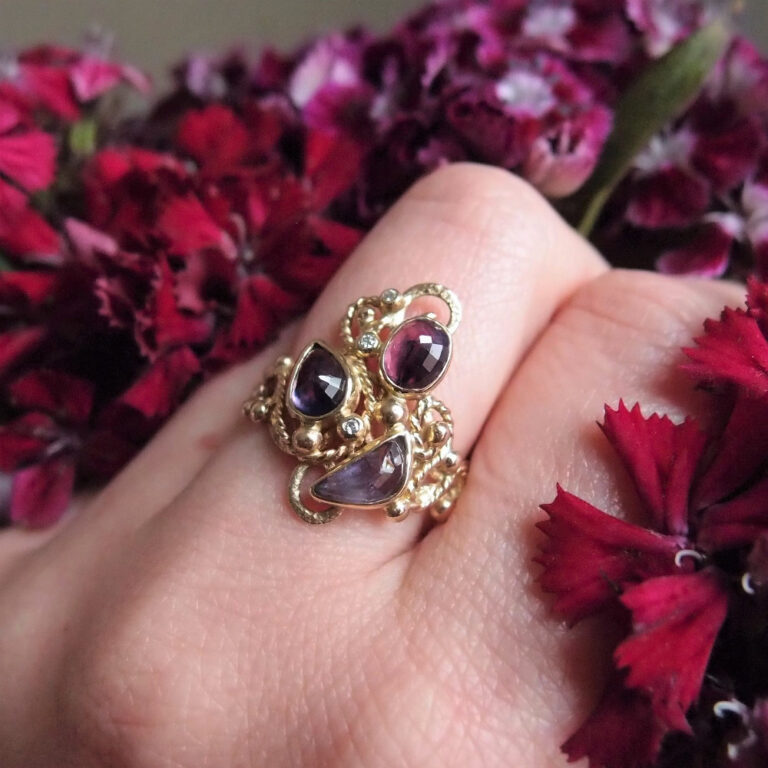2019 marks the 100th anniversary of the creation of the Bauhaus movement, an important anniversary for design and the decorative arts. In German, Bau, building or construction, and Haus, house, the Bauhaus movement revolutionized the field of architecture, then very closed to innovation. This current was opposed to the current called Art Royal, going back to the time of cathedral builders. The creation of the Bauhaus takes place in post-war Germany, and is part of the history of innovative artistic movements of the early 20th century. In 1919, Walter Gropius created a school whose objective was “to create a new generation of craftsmen, without the class distinctions which raise an arrogant barrier between craftsman and artist”. This current stands out in particular by the purification of its style and the use of industrial methods for the manufacture of object, hitherto reserved for crafts (furniture for example). Quickly considered an art degenerated by the Nazis, this contemporary art movement died out in 1933. But in less than 15 years, the talent and passion of artists belonging to this current, such as Vassily Kandinsky and Paul Klee, reached to reveal and disseminate a style that is still needed today.
If the Bauhaus school is best known for its architectural achievements, it has also exerted a strong influence in the field of applied arts. This current is also the precursor of contemporary design. The clean lines have a much higher visual impact and will survive fashion trends thus keeping the jewelry timeless. Let’s take a look at how the jewelry and watch industries celebrate the 100th anniversary of the Bauhaus.
For the event, jewelry brand Juwelo created a collection of graphic jewelry with modern lines. The rings, pendants, necklaces, bracelets and earrings, in gold or silver, set with colored gemstones make this jewelry collection a veritable art gallery. Most of these jewels are enameled. This incredible material makes it possible to obtain very vivid colors while remaining precious. Enamel is associated with gems such as topaz, opal, amethyst, iolite, carnelian, chalcedony, garnet, labradorite or moonstone. This colorful rendering is completely in the current trend of colored jewelry.

The Junghans watch brand presents FORM A, an automatic model limited to 1,000 copies with lacquered hour markers using the 12 colors of Johannes Itten’s chromatic circle. The Swiss painter, theorist and art teacher developed, as one of the first teachers of the Weimar Bauhaus, a new theory of color types and integrated it into his lessons. This theory uses the three primary colors blue, yellow and red and mixes them to create three new secondary colors: orange, green and purple. By mixing the secondary colors obtained and the primary colors in the same way, the six tertiary colors are then obtained. In total, the chromatic circle of Johannes Itten thus consists of 12 colors. These colors give FORM A its unique appearance and assertive character. This timepiece with a unique character and a strong identity will not only appeal to fans of the Bauhaus.

Isabelle Capitain uses in her precious jewels the clean lines and minimalism intrinsic to the artists of the Bauhaus. She is originally from Germany and now designs and manufactures contemporary jewelry from her workshop in the heart of London’s jewelry district, Hatton Garden.
“I started as an apprentice with two master craftsmen whose work was also strongly influenced by the functionality of the Bauhaus design while being handmade to the highest standards. I build on the skills that have been taught to me during my apprenticeship to date.”
The manufacturing of the pieces is guided by the concept of “form follows function”: in addition to having a strong and timeless design, it is important for jewelry to be designed according to criteria of quality and durability. It’s not only the design philosophy of the Bauhaus school that Isabelle admires, it’s also the way they have managed to combine traditional craftsmanship with cutting edge design in a way that still looks modern today.





